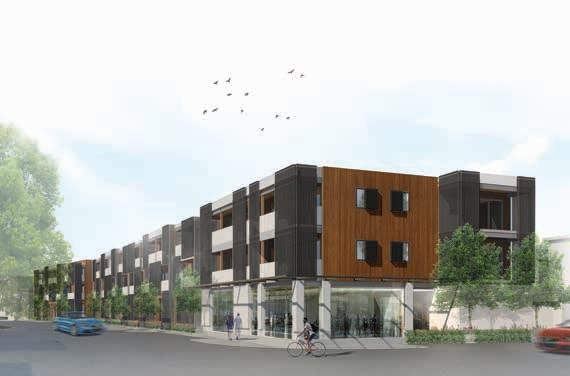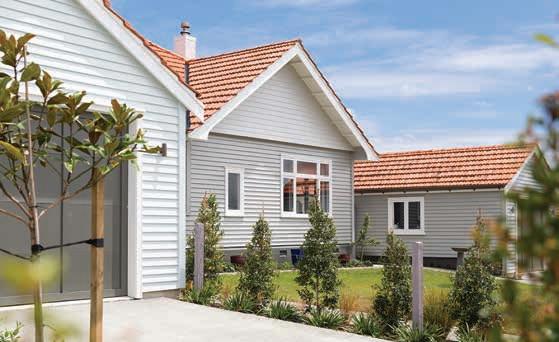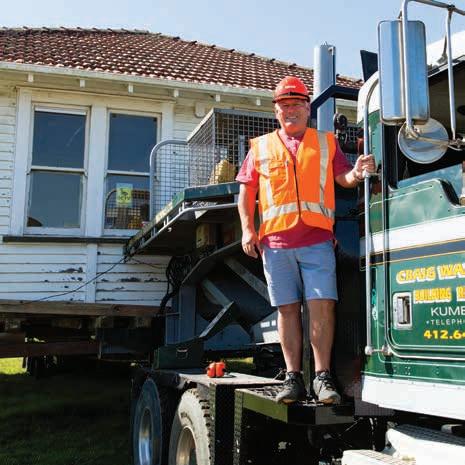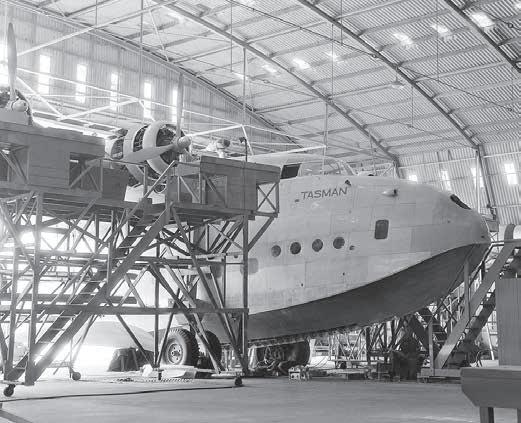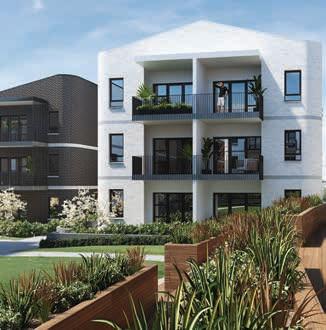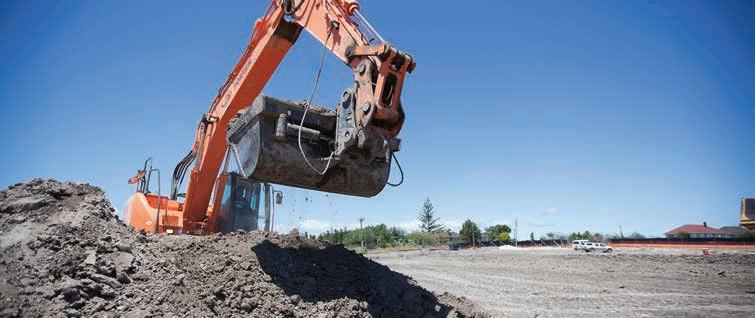Autumn 2017
D I S C OV ER HO BSO N VI LLE P O I N T
The Giant Shed with a Big Backstory In 1939 the Royal New Zealand Air Force built a hangar in which to service their newly purchased Short Sunderland aircraft at the Hobsonville air base.
The massive British flying boats were designed
The RNZAF was the last organisation in the
as patrol bombers and played a pivotal role
world to keep the Short Sunderland in service,
in World War II. Weighing over 26 tonnes fully
retiring the aircraft in 1967.
loaded with ordinance, and with a wingspan
Old buildings such as the Sunderland Hangar
of 34 metres, they needed a much bigger
are to developers what animals and children
home than anything previously built at the
are to film directors – notoriously hard to work
base. The construction of the hangar used a
with. Most developers prefer to build new rather
state-of-the-art, lightweight steel roof truss
than adapt old buildings because of the level
system to leave the internal volume of the
of difficulty involved, which is why we are so
building free of supporting posts.
delighted to have Willis Bond & Co managing
The Sunderland flying boats were critical to
the Catalina Bay project. The company is
New Zealand’s war effort, patrolling the Pacific
experienced at what’s known in the business as
and rescuing downed allied airmen. Later, TEAL,
‘adaptive reuse’ and committed to the cause of
the forerunner of Air New Zealand flew a variant
protecting our heritage for future generations.
of the aircraft modified for passenger use on the glamorous Coral Route. TEAL employed ex RNZAF pilots who were skilled enough to land the gargantuan flying boats alongside inside
TH
EH
AN
G
coral-ringed lagoons.
THE SUNDERLAND HANGAR, STRIPPED OF ITS ASBESTOS CLADDING
8
AR
BE
FO
R
EER
CLA
DDING

